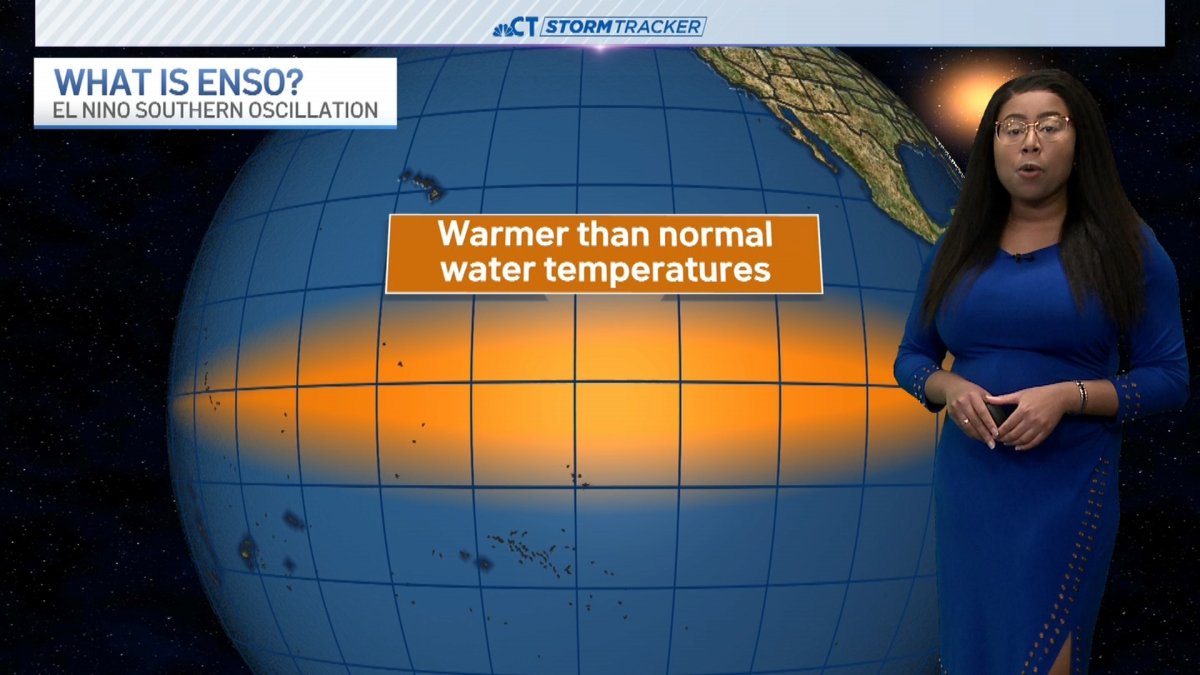
Hurricane season will officially begin on June 1 in the Atlantic and May 15 in the eastern Pacific.
Looking back, 2023 was a slightly above average season with 20 named storms, seven hurricanes and three major hurricanes.
And this year looks like it could be busier, too.
Get Connecticut local news, weather forecasts and entertainment stories to your inbox. Sign up for NBC Connecticut newsletters.
A number of universities and other organizations released their Atlantic hurricane season forecasts during the month of April so far, and there’s a little buzz about what this season could bring.
Pre-season forecasts are all calling for increased tropical activity in the Atlantic.
One factor considered is the water surface temperature of the Pacific Ocean near the equator. Also known as the "equatorial Pacific," this area can affect hurricane season in both the Pacific and Atlantic basins.
Local
The water temperatures have been cooling down after running warm from last hurricane season through early this year.
A “La Niña watch” is in place as the waters are expected to cool to below normal possibly around summer time (60% chance).
La Niña is the cooler phase of the El Niño Southern Oscillation, which looks at the trends in Pacific Ocean water temperatures. El Niño is the warmer phase and there is also a neutral phase, as well.
In the Atlantic, La Niña typically leads to a more active season by suppressing factors that work against tropical systems.
These factors, including wind shear, become weaker when La Niña is in place.
The NBC Connecticut StormTracker weather team will be keeping an eye on the tropics if things become more active.